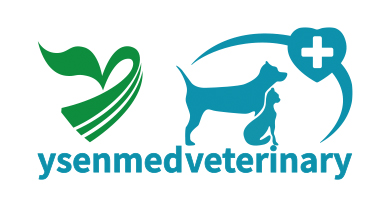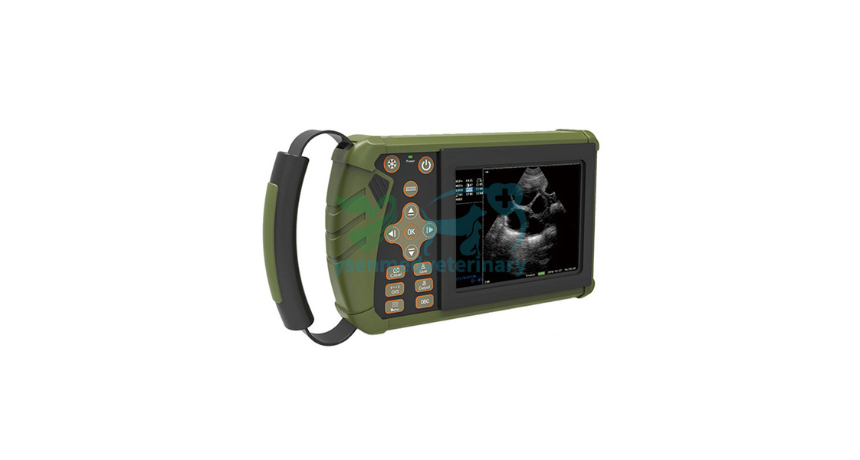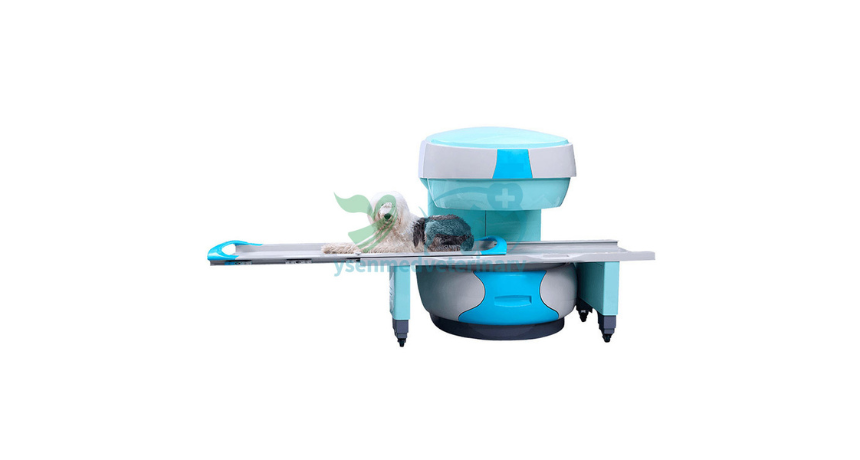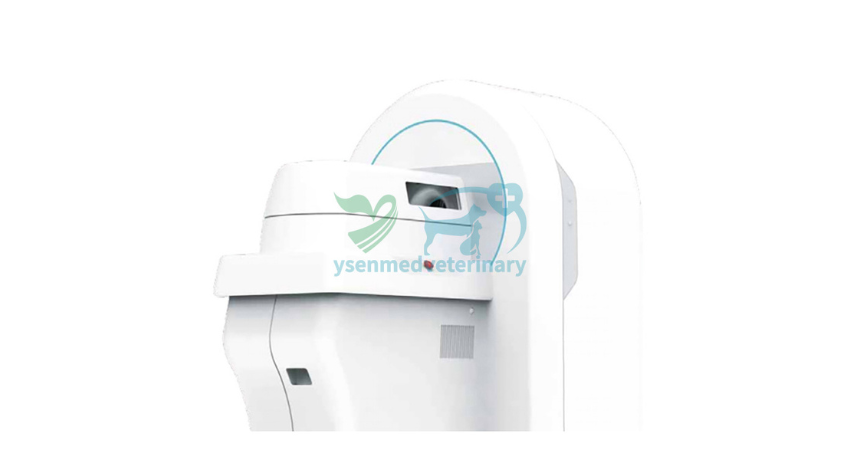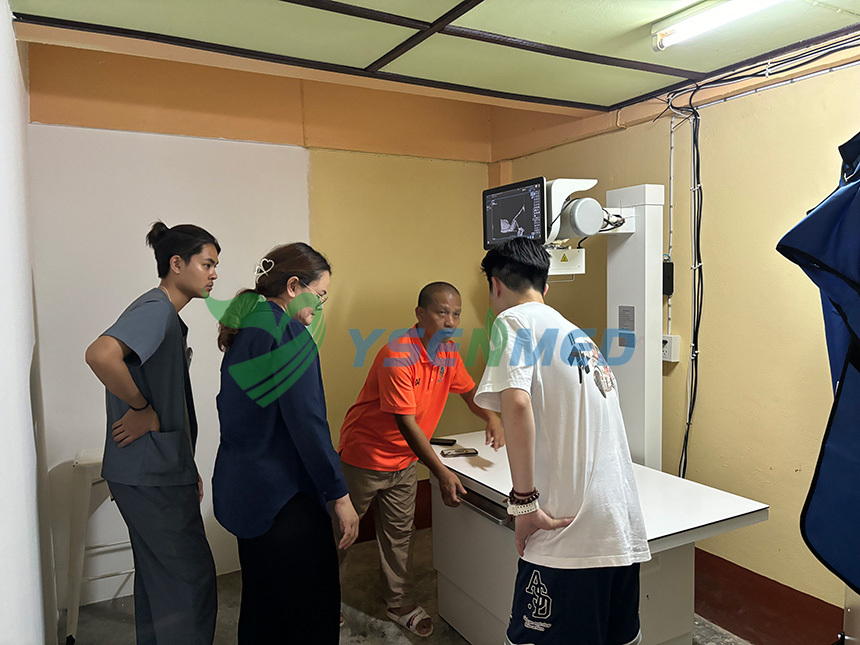Introduction
Welcome, fellow pet lovers, to a topic close to our hearts - the health and well-being of our furry companions. Among the many concerns pet owners face, ocular health often takes center stage. After all, those soulful eyes speak volumes, and any sign of discomfort warrants attention. But how do we ensure our pets' eyes are in tiptop shape? Enter
veterinary rebound tonometry, a vital tool in diagnosing ocular conditions in our beloved pets.

Understanding Veterinary Rebound Tonometry: Shedding Light on a Crucial Diagnostic Tool
First things first, let's unravel the mystery behind veterinary rebound tonometry. Imagine it as a gentle tap on the shoulder, but for your pet's eye. This non-invasive procedure measures intraocular pressure - a key indicator of ocular health. By assessing pressure levels within the eye, veterinarians gain invaluable insights into potential issues like glaucoma, uveitis, or other ocular abnormalities.
Why Ocular Health Matters: The Window to Your Pet's Well-Being
Think of your pet's eyes as windows to their soul - but also to their overall health. Ocular conditions not only cause discomfort but can also signal underlying health issues. From diabetes to hypertension, the eyes often reveal more than meets the eye. That's why regular check-ups and timely diagnostics, including rebound tonometry, are crucial in ensuring your pet's health and happiness.
The Role of Veterinary Rebound Tonometry in Early Detection
Early detection is the name of the game when it comes to managing ocular conditions. Veterinary rebound tonometry steps up to the plate by providing quick, accurate assessments of intraocular pressure. By catching abnormalities early on, veterinarians can intervene promptly, potentially saving your pet from pain and vision loss. It's like catching a curveball before it strikes - swift action makes all the difference.
Navigating the Diagnosis: What to Expect During a Veterinary Rebound Tonometry
Now, you might be wondering, what exactly goes down during a veterinary rebound tonometry session? Fear not, pet parents - it's a breeze. Your furry friend will simply sit comfortably while a small, handheld device delivers a gentle tap to their cornea. Quick, painless, and over before you know it. It's a small price to pay for peace of mind regarding your pet's ocular health.
Beyond the Numbers: Interpreting Veterinary Rebound Tonometry Results
So, your pet's intraocular pressure has been measured - but what do the numbers mean? Here's where your veterinarian's expertise shines. They'll interpret the results in the context of your pet's breed, age, and overall health. A slight elevation might signal nothing more than a hiccup, while significant deviations could prompt further investigation. Trust in your vet's guidance as they navigate the nuances of ocular health.
The Importance of Routine Screening: Keeping an Eye on Things
Prevention is always better than cure - a mantra that holds true for your pet's ocular health. Incorporating routine screenings, including veterinary rebound tonometry, into your pet's healthcare regimen can nip potential issues in the bud. Remember, it's not just about treating existing conditions but also about safeguarding against future ones. Your vigilant eye could be the difference-maker in your pet's quality of life.
Challenges and Limitations: Navigating the Landscape of Veterinary Rebound Tonometry
Of course, like any diagnostic tool, veterinary rebound tonometry isn't without its limitations. Factors such as corneal thickness or ocular surface conditions can influence results. Additionally, patient cooperation - or lack thereof - may pose challenges, especially with more anxious pets. Nonetheless, in the hands of skilled professionals, these hurdles are surmountable, ensuring reliable results for your furry companions.
The Evolution of Veterinary Care: Embracing Technological Advancements
In an ever-evolving landscape, veterinary care continues to reach new heights. Technological advancements, including innovations in ocular diagnostics like rebound tonometry, propel the field forward. What was once a luxury reserved for human medicine is now accessible to our furry friends, enhancing their quality of life and deepening the bond between pets and their caregivers.
Empowering Pet Owners: Taking an Active Role in Your Pet's Health
As pet owners, we're entrusted with a sacred duty - to be stewards of our pets' health and happiness. By educating ourselves on tools like veterinary rebound tonometry and actively participating in our pets' healthcare journey, we become advocates for their well-being. Remember, you're not just a pet owner - you're a partner in your pet's health.
Conclusion: A Clear Vision for the Future
In the tapestry of our pets' lives, ocular health holds a prominent place. With the aid of veterinary rebound tonometry, we gain clarity amidst the complexity, ensuring our pets' eyes remain windows to their vibrant souls. So, let's raise a toast to ocular health - a sight for sore eyes and a beacon of hope for a brighter, clearer future for our beloved furry companions.
FAQs:
What is veterinary rebound tonometry, and how does it help in diagnosing ocular conditions?
Veterinary rebound tonometry is a non-invasive procedure used to measure the intraocular pressure in animals. It involves a small handheld device that gently taps the cornea to assess pressure levels. This helps veterinarians diagnose conditions such as glaucoma, uveitis, and other ocular abnormalities by detecting any deviations from normal pressure levels.
Is veterinary rebound tonometry painful for my pet?
No, veterinary rebound tonometry is not painful for pets. The procedure is quick, non-invasive, and does not cause discomfort. It's akin to a gentle tap on the eye's surface and is well-tolerated by most animals. Your pet will likely feel minimal to no discomfort during the process.
How often should my pet undergo veterinary rebound tonometry screening?
The frequency of veterinary rebound tonometry screening depends on various factors, including your pet's age, breed, and overall health status. In general, it's recommended as part of routine ocular health screenings during annual check-ups. However, for pets with existing ocular conditions or those at higher risk, more frequent screenings may be advised by your veterinarian.
Are there any limitations or challenges associated with veterinary rebound tonometry?
While veterinary rebound tonometry is a valuable diagnostic tool, it does have certain limitations. Factors such as corneal thickness and ocular surface conditions can influence the accuracy of results. Additionally, patient cooperation, especially with anxious pets, may pose challenges during the procedure. However, skilled veterinarians can navigate these limitations effectively to ensure reliable results.
How can I prepare my pet for a veterinary rebound tonometry session?
Preparing your pet for a veterinary rebound tonometry session is relatively straightforward. Ensure your pet is calm and comfortable before the appointment by providing familiar surroundings and gentle reassurance. Familiarize yourself with the procedure, so you can confidently answer any questions your pet may have. Most importantly, trust in your veterinarian's expertise and follow any pre-screening instructions they provide for optimal results.
